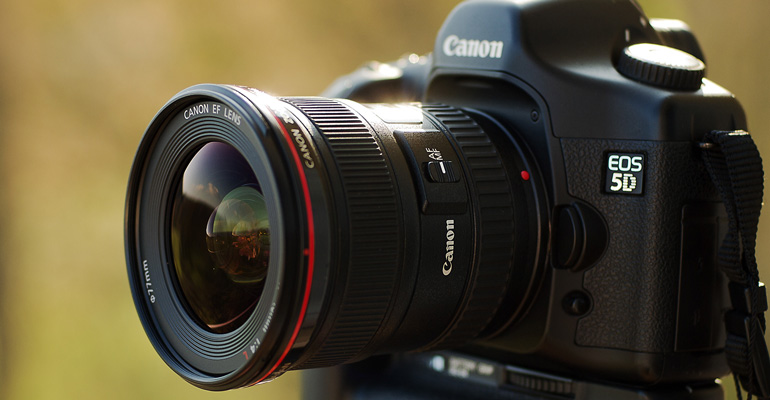How I Keep My Camera Shooting Like New With 10 Simple Tips
Digital Camera Magazine recently published an article titled “10 ways to maintain the health of your new camera”. These 10 tips are not just for new cameras it’s something you should always be doing with your existing equipment as well.
Digital cameras don’t come cheap and it’s only natural that you want to look after your prized possession. This guide will help you keep your camera in tip-top condition.
1. Clean the exterior
Most of us try to keep our cameras clean, but there are times when they are prone to picking up a bit of dirt, when you’re out shooting low-level fungi on a wet autumn day, for example, you may touch it with a muddy hand. There’s also often a lot mud flying around at some sports events, for instance a local rugby match or even a horse race.
However your camera gets dirty, the important thing is to clean it before removing the lens or opening any of the ports. You don’t want that grime getting inside.
Your first move should be to wipe off the worst of any mud, if necessary using a very slightly damp cloth. Don’t apply undue pressure and take care to not scratch the camera with any grit that may be in the dirt. Then, once any residue has dried, take a good look around the body checking any joints and seals for dirt.
A blower, canned air or a brush can be useful for removing particles without scratching any delicate surfaces, while a cottonbud can come in handy for cleaning hard to reach areas.
2. Dry and air
Even if your camera is weatherproof, you should dry it after a shoot if it has been exposed to moisture. Rain and snow are obvious issues, but drizzle, mist, fog and condensation can all do your camera harm.
As soon as you get to a warm, dry place use a cloth to dry the camera and lens. If the lens extends during zooming or focusing, make sure that you dry its entire surface.
Again, you should take particular care to dry the areas around the lens mount and any ports, ideally leaving the camera to air before removing the lens or opening the memory card bay.
If the camera is damp with salt spray, treat it as if it is dirty and give it a through clean, the salt can do serious damage.
3. Keep the body cap or a lens on
A body cap or lens is the camera sensor’s (and DSLR mirror mechanism’s) protection from dust and it’s essential to keep one attached at all times.
When changing lens or putting the body cap on the camera, do so quickly and in a clean environment – never on a windy beach!
Have the cap or lens ready and to hand before exposing the lens mount and make the swap as quickly as you can to minimize the amount of time that dust can get inside the camera.
4. Activate the automatic sensor cleaning
Digital SLRs and compact system cameras have built-in sensor cleaning systems that vibrate the sensor, or a filter above it to shake off any dust.
This can usually be set to activate when the camera is turned on or off, or both. It’s also usually possible to activate the system for a one-off clean.
Some photographers prefer to set the cleaning to just take place as they turn the camera off because this minimizes the delay when starting-up the camera, but it’s a personal choice and it depends on the type of photography you do. Landscape photographers don’t usually need to react as quickly as street or sports photographers.
Read the rest of the article over at Digital Camera Magazine
Source: Digital Camera Magazine
Image source: 55Laney69


This is a good information. Thank you.